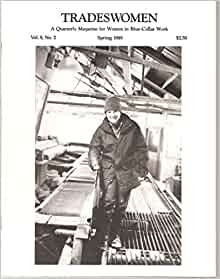
She was hired by Emily Carr University in an effort to recruit Indigenous faculty. Then questions arose about her identity. The Curious Case of Gina Adams: A “Pretendian” investigation.

How did a simple offer, over a single painting, lead to such a spectacular destruction of someone’s life and career? The answer involves the shifting sands of American corporate life, as newly activist staff demand that institutions take political positions. But there is also a much older ritual at work: the tendency of the powerful, when faced with rebellion and called to account for their own behavior, to dump all their errors on a single individual, whose removal then wipes the record clean.
Nancy Spector, in other words, was a scapegoat.
Sometimes when I can’t sleep, I put the Twitter app back on my phone and scroll aimlessly. I’m trying to hurt my own feelings, and I’m always successful. I want something to hate, I want someone to be wrong, I want someone or something to hurt me. And I always get it, because that’s what the internet is for.
Lately, the point at which I get enough of what I wanted that I delete the app again is when I see a tweet telling me I’m old. I don’t mean it says my name or anything, but that it targets a category of people and makes fun of them for being online at all at 32, 35, 37. I get into a snarly little snit of indignance, and then I get mad at myself for getting mad, and then I delete the app and go to bed, essentially obeying the command in the tweet: Get off of the internet, you’re the wrong age to be here.
We have been seduced by Harari because of the power not of his truth or scholarship but of his storytelling. As a scientist, I know how difficult it is to spin complex issues into appealing and accurate storytelling. I also know when science is being sacrificed to sensationalism. Yuval Harari is what I call a “science populist.”
 When the first issue of Tradeswomen first appeared in subscribers’ mailboxes in 1980, they were “delighted,” said Molly Martin, its founder and editor. Women in blue-collar work “had never seen themselves represented before” — and now here they were, photographs of hard-hatted women in plumbing, carpentry, construction, iron-work, industrial machine work, and more gracing the cover of a magazine.
When the first issue of Tradeswomen first appeared in subscribers’ mailboxes in 1980, they were “delighted,” said Molly Martin, its founder and editor. Women in blue-collar work “had never seen themselves represented before” — and now here they were, photographs of hard-hatted women in plumbing, carpentry, construction, iron-work, industrial machine work, and more gracing the cover of a magazine.

You must be logged in to post a comment.